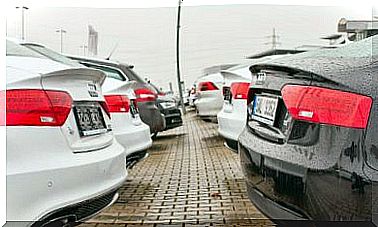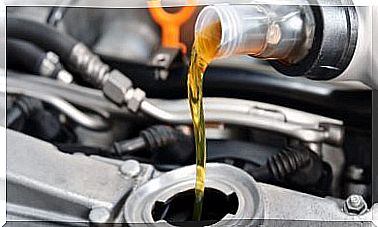How Do You Know If Your Wheels Are Worn?
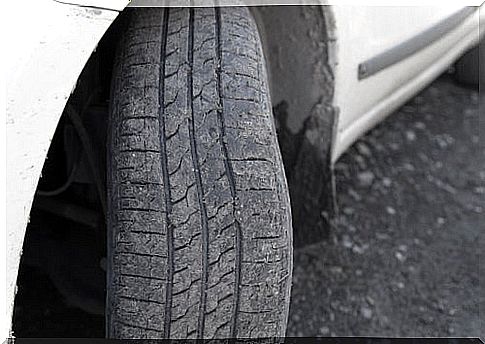
The tread of the tires is responsible for dispersing the water that gets under the wheels, so as to maximize the grip with the ground. This improves traction and prevents the car from gliding on wet surfaces. Therefore, it is very important to know when your wheels are worn.
Checking for worn wheels
A quick and easy way to check for worn wheels is to use a coin as a reference. If we insert the coin into the grooves of the tire and the outer ring of the € 1 coin still does not protrude, it means that the wheel remains in good condition.
However, if this can be seen, it means that the tread of the wheel is below its limit, and it will be advisable to change it. On the other hand, use can be made of a depth gauge, a more reliable and low-cost tool.
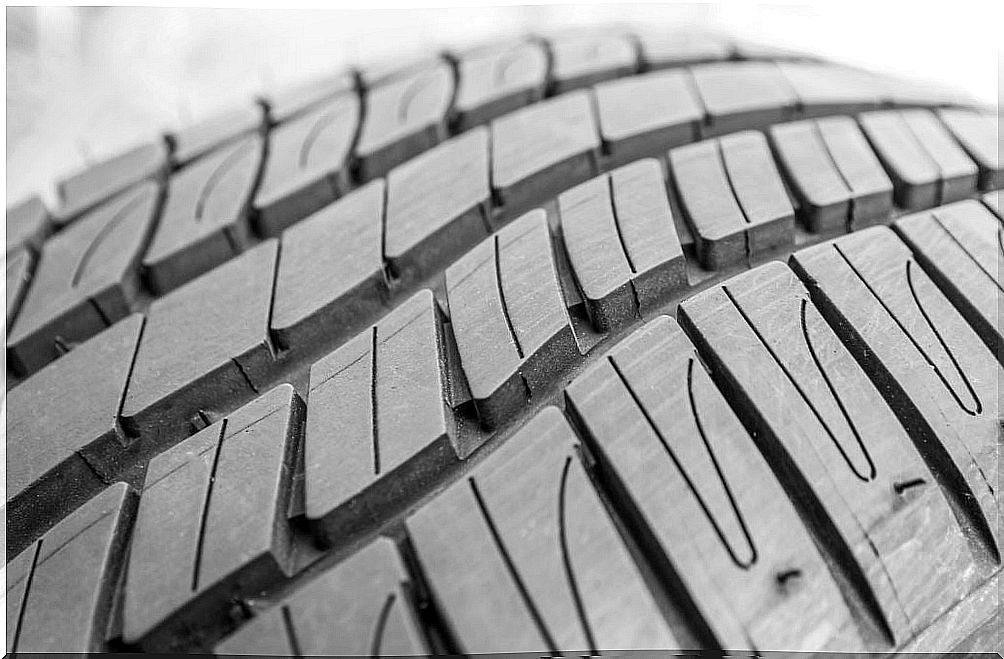
If you want maximum precision in the revision, you can always go to a workshop. Being regular customers, the mechanics will surely not charge you for the check, since it is a quick and easy test. This way we can ensure that we do not have worn wheels and avoid dangers on the road.
Legal requirements
Worn wheels must be replaced according to established regulations. In the case of Spain, the legal wear limit to be reached before changing tires is 1.6 mm. Even so, a wheel with wear close to that limit will already start to be unsafe.
For this reason, it is important to regularly check the wear of the tires, either by ourselves or by going to a workshop. In this way we can avoid both accidents and costly penalties.
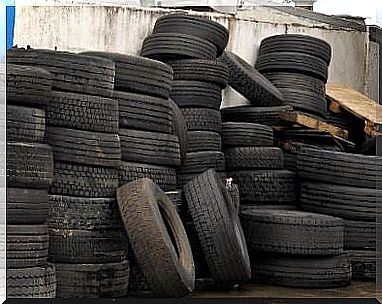
The importance of details on the wheel
To increase caution, it is advisable to take into account other aspects of the wheel surface. On the one hand, attention must be paid to any irregularities in its geometry. It is important to check that there are no strange wear or relief.
These can be signs of a bad alignment of the tires, before which it will be necessary to go to a workshop for a more detailed inspection of the car.
In addition, it is advisable to check that there are no protrusions or bubbles on the sides of the wheel. These types of irregularities are often due to the internal structure of the tire being damaged or cracked, which causes air to flow towards the outer layers of the wheel due to the difference in pressure between them.
All of these problems can occur if you often drive over potholes or on surfaces with many irregularities, such as off-road. Continuing to drive with a wheel that has this type of problem can have serious consequences, such as a blowout when driving at high speeds, which would mean losing control of the vehicle.
Therefore, the structural integrity of the wheel is key to safe driving, and the wheels should be replaced whenever necessary to avoid possible sudden failures resulting in a traffic accident. If you are not sure of the wear produced or do not use the car often, it is advisable to replace the wheels every six years, or every 10 at the most.
To have more information about the type of tires recommended for the car or the pressure they should have, you can look at the manufacturer’s technical specifications. In this way, you can have all the necessary information at your fingertips.
